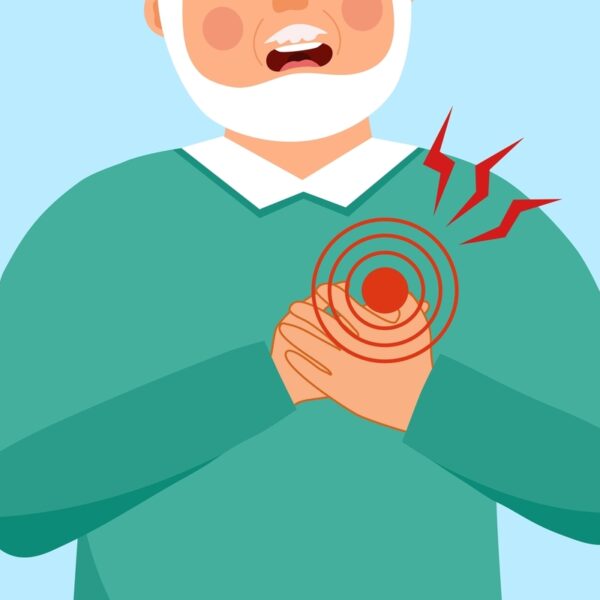
What Foods Can Trigger Eczema: Understanding Dietary Influences on Skin Health
Eczema, also known as atopic dermatitis, is a chronic skin condition characterized by inflamed, itchy, and red patches of skin. While the exact cause of eczema remains unknown, various factors, including genetics, environmental triggers, and immune system dysfunction, are believed to play a role. Among these, diet is a significant factor that can influence the severity and frequency of eczema flare-ups. This article explores the foods that can potentially trigger eczema and offers insights into managing dietary influences to maintain healthier skin. Common Food Triggers for Eczema 1. Dairy Products Dairy products such as milk, cheese, and yogurt are common triggers for eczema, especially in children. The proteins found in cow’s milk can provoke an immune response in some individuals, leading to skin inflammation and eczema flare-ups. If you suspect dairy is a trigger, consider eliminating it from your diet and observing any changes in your skin condition. 2. Eggs Eggs are another common allergen that can exacerbate eczema symptoms. The proteins in egg whites, in particular, can cause an allergic reaction in some people, leading to increased itching and redness. It may be beneficial to avoid eggs and egg-containing products if you notice a correlation between their consumption and your eczema symptoms.









